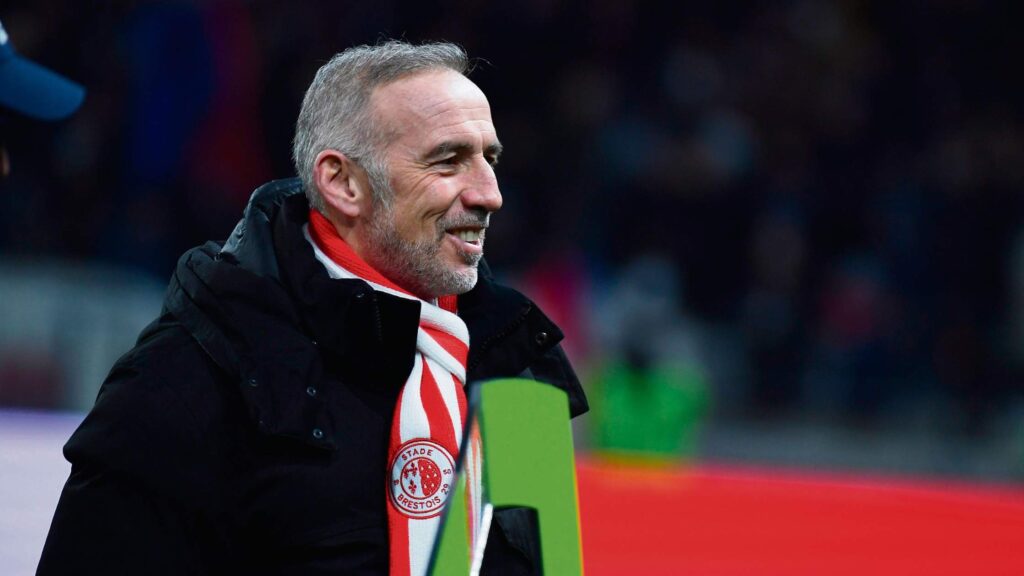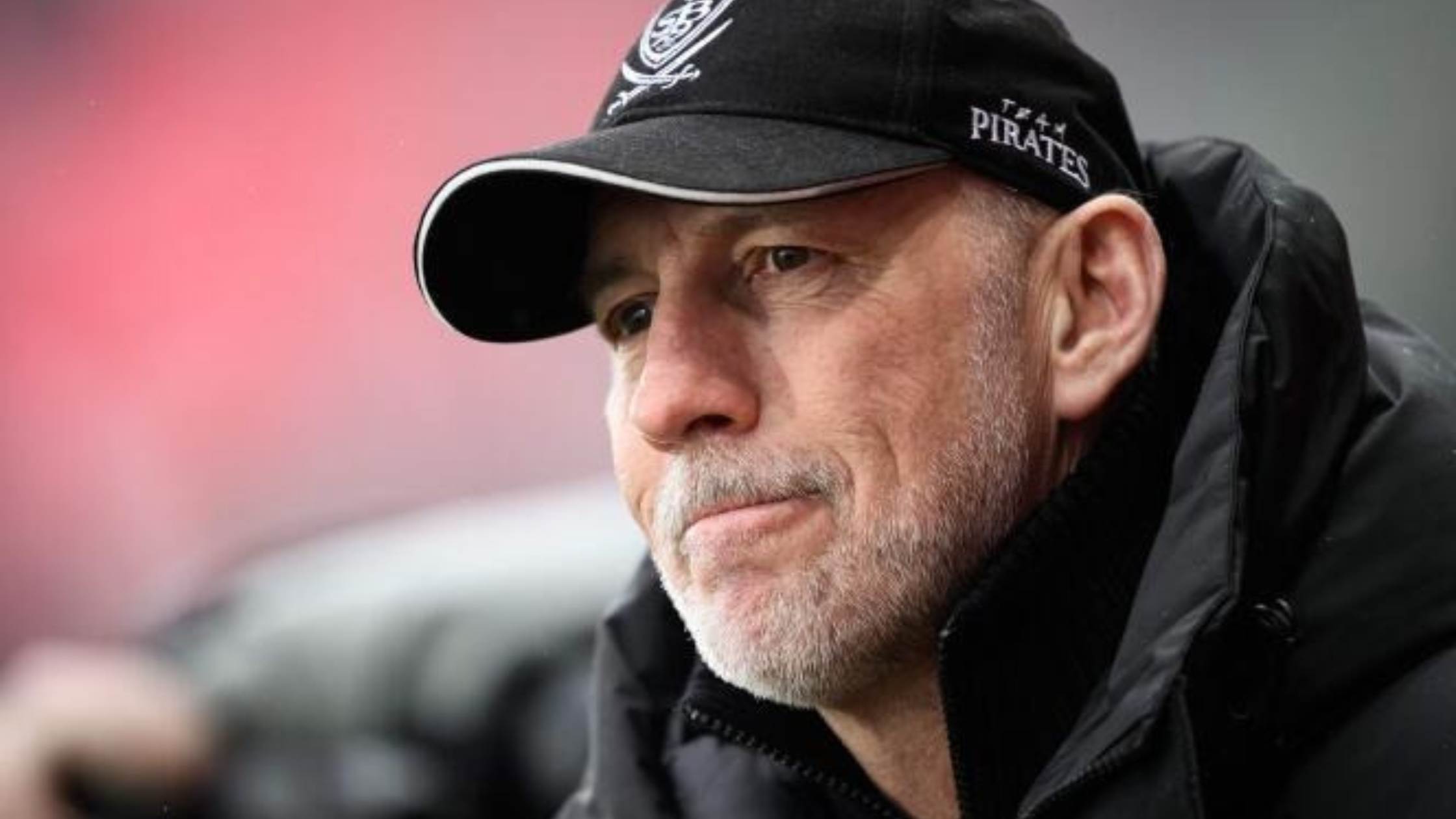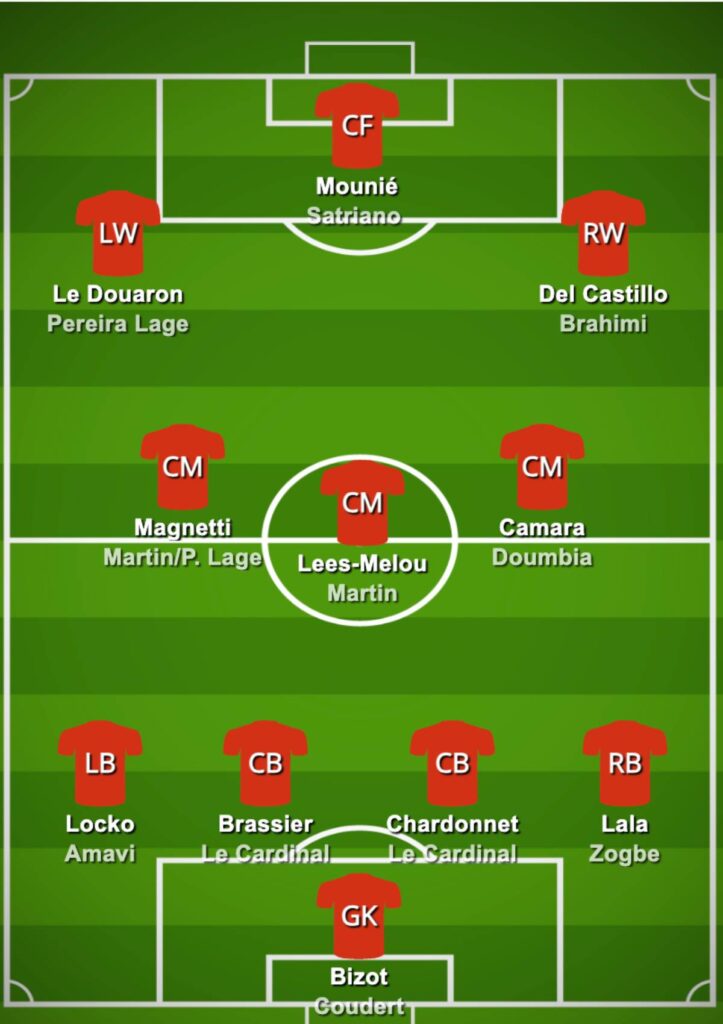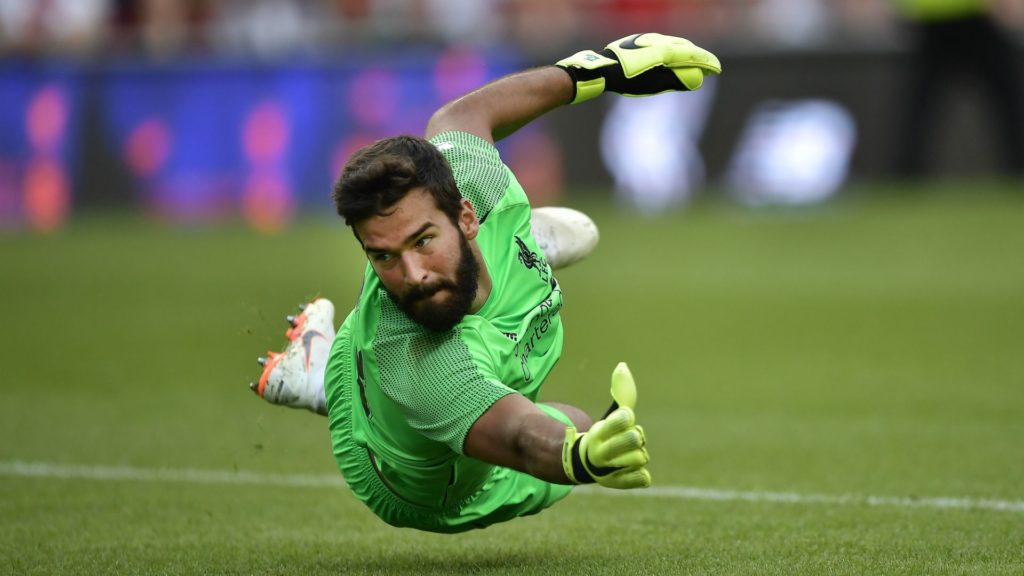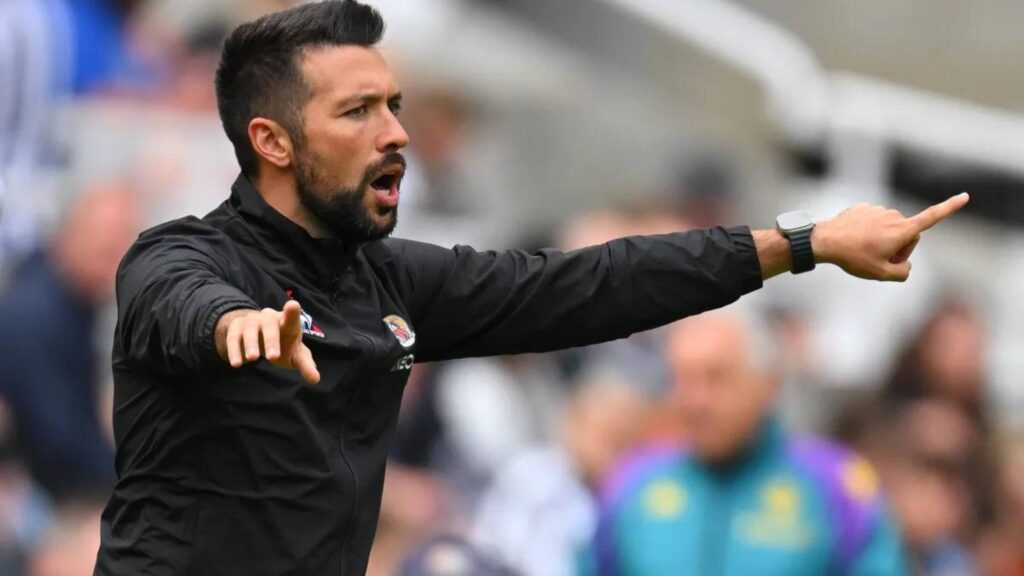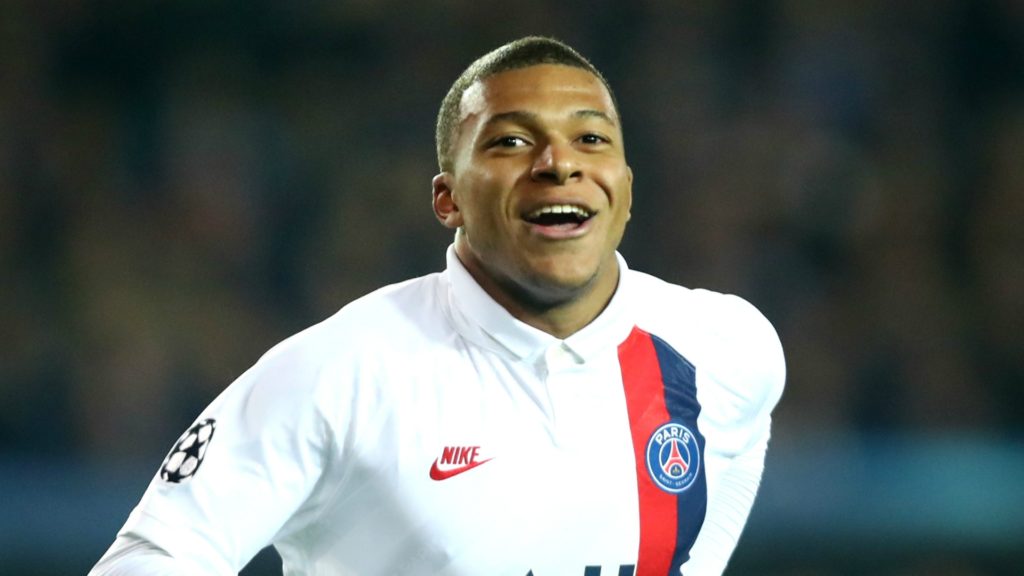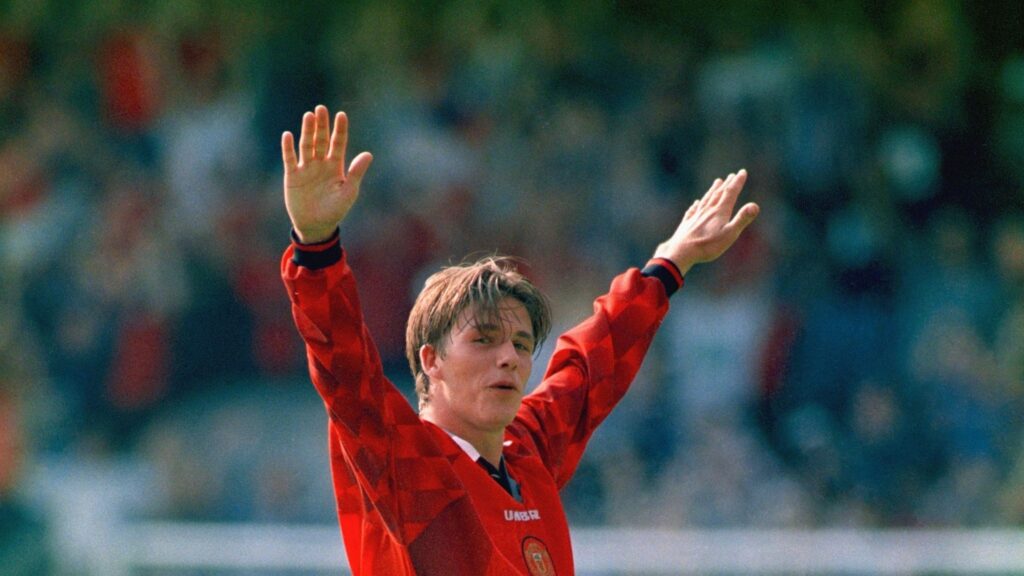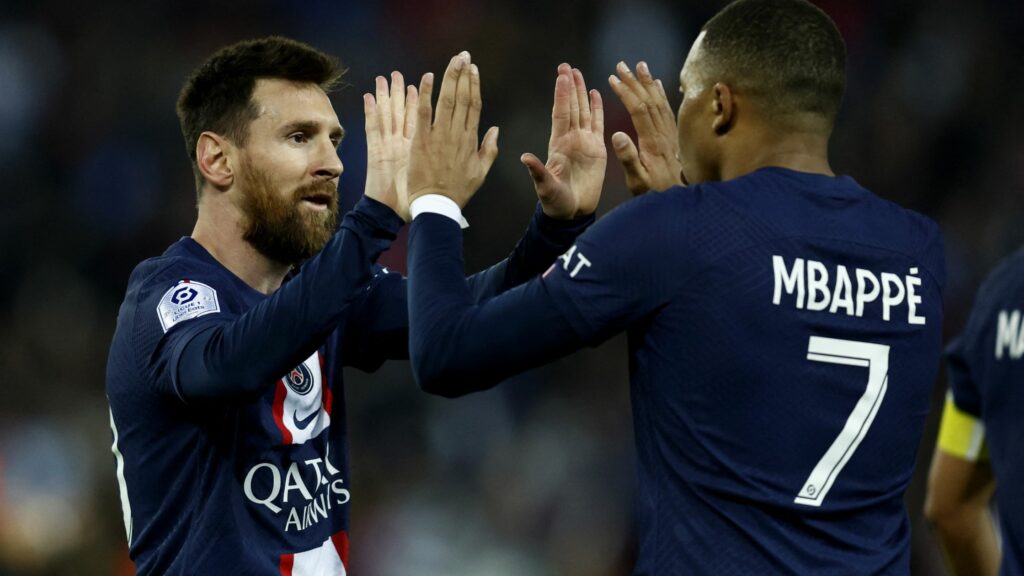Eric Roy is close to performing something that seemed impossible at the start of this Ligue 1 season. The manager has Stade Brestois in second place and could take the lowly French side all the way to the Champions League next season. But what tactics have yielded such strong results?
Today, I will examine Eric Roy’s tactics and Brest’s performance across the 2023/24 season, and attempt tp provide an answer.
Eric Roy’s Career Prior to Stade Brestois 29
Eric Roy’s career, just like this season, is not exactly typical. He was a midfielder who played for many years in Ligue 1. His most significant time on the field came when he was representing OGC Nice, first from 1988 to 1992 and later from 2002 until his retirement in 2004.
In fact, Roy had such a good relationship with Nice that he was appointed as their sporting director after retirement, later becoming their manager. Roy was, however, involved in a notorious scandal when he was dismissed by Nice in 2011 for allegedly taking a work trip with an unlicensed football agent to Argentina. Roy sued the club, asked for compensation and won.
He next managed Lens and Watford briefly. His appointment as manager of Brest in January 2023 drew little attention from the press, even those working in France.
Football Philosophy
Roy is respected as a football manager, is sensible in his tactics, and is highly invested in motivating his players. In fact, it’s been said that his man-management skills are his greatest asset. Eric Roy insists that his players set their objectives for a series of 4-5 matches. When the objective is met, the players are met through a collective activity.
It’s also true that Roy works hard on fitness and tactical awareness. Brest is a tight footballing unit whose main objective has been, of course, not to lose matches. The team presses intensely and tries to keep things tight at the back. At the time of writing, they have the best defence in Ligue 1, with one fewer goal conceded than Paris Saint-Germain.
Formations and adaptability
Eric Roy likes to utilize the versatile 4-3-3 formation. While on paper, this may seem like an attack-minded system, it also works for painting defensive sturdiness. This is only helped by the responsiveness of goalkeeper Marco Bizot who has enjoyed a great campaign.
The formation can easily be adapted to a modern 4-2-3-1 where the two pivots offer additional support to the central defense pairing of Lilian Brassier and the excellent Brendan Chardonnet.
Finally, a compromise was struck on occasion when the 4-1-3-2 formation was employed. One such example has been the recent 4-3 victory over Ladislau Boloni’s Metz.
Recruitment policy
Eric Roy didn’t much have the luxury of investing in many expensive transfers at the start of the season. In fact, Brest only paid for one player, the 25-year-old Mahdi Camara. The other players brought in are loaned out.
The player structure reveals a group centred around experience with some sprinkling of youthful enthusiasm thrown in. Roy’s greatest achievement has been working with these players and finding ways to motivate them.
Stade Brestois 29 in Defense
Once more, we need to praise Stade Brest’s defence across this campaign. They’ve registered the fewest number of goals conceded. This largely accounts for the team’s incredible second place at the moment.
How do they do it? A lot of elbow grease. Brest excels at defending set pieces, they press aggressively in a mid-block, and they have tall players capable of winning aerial duels.
The players’ experience also comes in handy when defending a lead. Brest has won 1-0 across a number of important games across this campaign against teams like Lyon, Angers, Olympyque Marseille or Metz.
Brest defends with a back four. Eric Roy is usually consistent about his first eleven. The team’s been aided by having few injury worries across this season.
Chardonnet and Brassier are the central defensive pairing. Kenny Lala, one of Ligue 1’s best wing-backs, plays on the right excellently, balancing attacking and defensive duties. Bradley Locko is his counterpart on the left.
Chardonnet has especially shone this season. His tactical understanding, strategic blocks and ball interception have been essential throughout the year. Neither he nor Brassier are great ball-playing defenders. Yet, this has not encumbered Stade Brest’s ability to launch attacks.
Stade Brestois 29 in Attack
Eric Roy’s Stade Brest is proof that building from the back and utilizing player technique are, on occasion, overrated. Brest play a much less sophisticated football, but the results speak for themselves. Only three teams have outscored them so far.
Roy’s drilled quick, long balls forward into the team’s makeup. The team likes to attack down the wings, particularly down the right one, where Lala links up well with Romain del Castillo, a technical player capable of providing great crosses.
Who’s there to take advantage of those? Technically, strikers Steve Mounie and Jeremy Le Douaron. But between them, they have eight goals, four each.
The fact is that Brest’s goals are nearly evenly spread out. Midfielder Kamory Doubia is the team’s top scorer, many long-range efforts, with the 21-year-old having become something of a breakout star.
Still, defensive midfielder Mahdi Camara has justified his transfer’s price tag by netting five, while Castillo also has scored six times.
Brest has an xG across Ligue 1 matches of 41.79. They’ve scored 41 goals. This means that Roy’s team, unlike some opponents, has consistently taken advantage of the opportunities that have been provided to them.
What next for Eric Roy and Stade Brestois 29?
Eric Roy has worked long and hard for this opportunity. It is finally coming to him, and it’s no fluke. Yes, Brest has taken advantage of poor campaigns from more established teams. But Roy’s boys haven’t been lucky. They’ve achieved this through hard work and reliable, albeit unexciting, tactics.
Brest may still slip up. This won’t change the general impression. However, reaching the Champions League for next season would be a tremendous achievement for both Roy and the club. This could be smartly parlayed into the sort of long-term strategies that could greatly change the club’s fortunes.
